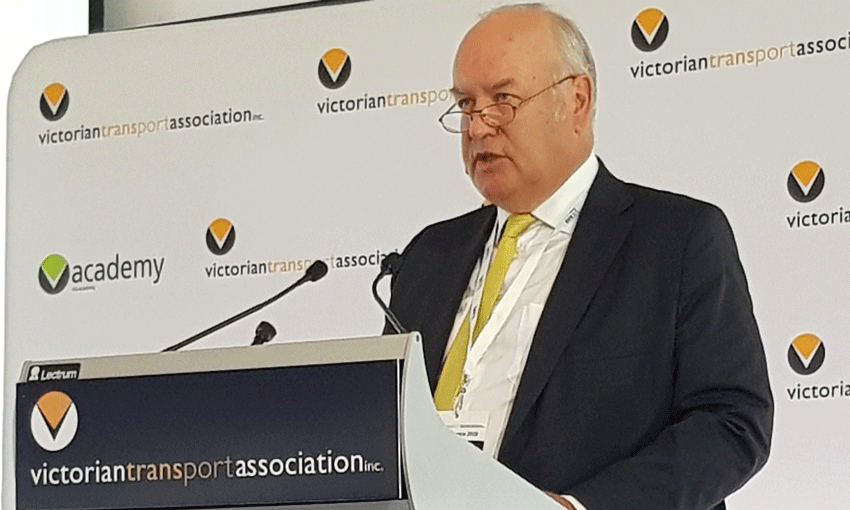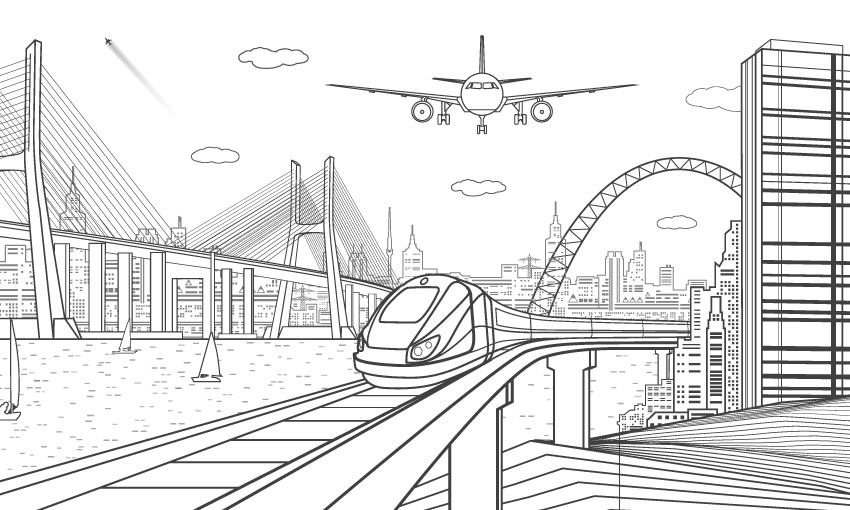VICTORIANS will have to embrace new ways of living and working due to significant technological and environmental disruption, according to Infrastructure Victoria’s draft 30-year strategy.
The strategy was announced this week by Infrastructure Victoria chief executive Michel Masson.
“Throughout 2020, Victorians have demonstrated we are adaptable, resilient and prepared to make big changes when needed,” Mr Masson said.
“In the decades ahead, we will need to maintain that spirit in the face of technological disruption, climate change, lower population growth and unexpected challenges.”

Infrastructure Victoria is inviting all Victorians to have their say on the updated draft strategy.
“The infrastructure we plan now must provide for a net zero-emissions economy by 2050, support the transition to a circular, zero-waste economy and deliver innovative solutions to drive trade and investment in agriculture, tourism, manufacturing, and other key industries,” Mr Masson said.
“The COVID crisis has created a seismic shift in how Victorians live and work,” he said. “Now is the time to harness the positive changes we’ve seen and facilitate a transition to a better new normal.
The Victorian Transport Association has already endorsed several recommendations from the report including:
- Reconfiguration of the City Loop;
- Lower tram charges;
- New tram routes;
- Connecting the Eastern Freeway with CityLink; and
- New tram services to Fishermans Bend, Arden, Maribyrnong.

“This draft report recognises that notwithstanding short-term negative growth because of coronavirus, Melbourne is still on track to become Australia’s most populous city within a matter of years,” said VTA chief executive Peter Anderson.
“It rightly calls out the need for incentivising city commuters to use public transport because existing road and rail freight networks will be crippled by higher populations.
“So, we welcome measures to reduce the cost of public transport and increase capacity to free up the road and rail networks for moving freight.”
Mr Anderson said that in endorsing new tram and light rail networks into Fishermans Bend, Lorimer Street must be preserved for freight.
“Planners must also strike a sensible balance for introducing new bicycle routes and ensure there is a clear delineation between heavy vehicles and bikes,” he said.
The draft report can be read here.

